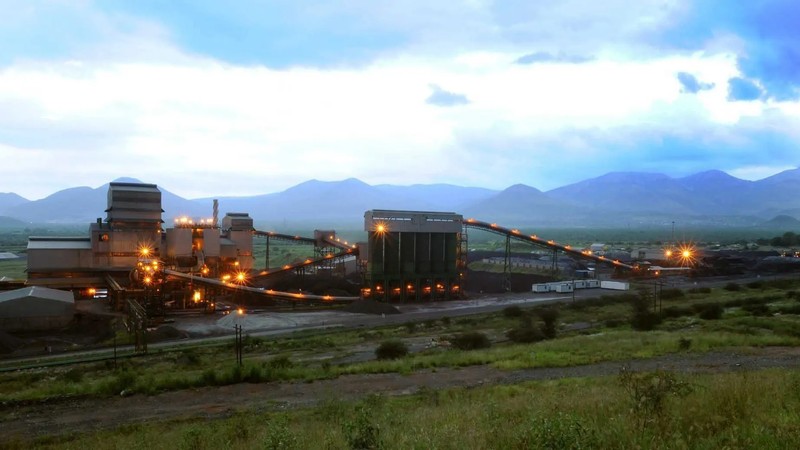Diversified mining resources group Glencore reviewed its industrial asset portfolio in the six months to June 30, identified $1bn of cost savings to be realised by the end of 2026, and closed two ferroalloys smelters in South Africa.
“A comprehensive review of our industrial asset portfolio recognised opportunities to streamline our industrial operating structure, to optimise departmental management and reporting, and to support enhanced technical excellence and operational focus,” CEO Gary Nagle said at the release of a production report on Wednesday.
The review of the sustainability of the ferroalloys smelting operations was done. The Boshoek and Wonderkop smelters in the North West Province were indefinitely suspended in May and June 2025, respectively, “pending sufficient recovery in the ferrochrome market.” Operations at the Lion smelter, in Limpopo, were temporarily suspended, undergoing scheduled annual maintenance and planned rebuilds.
The group’s first half attributable ferrochrome production of 433 000 tons was 166 000 tons (28%) below the same period in 2024, reflecting the pressure on smelting conversion margins.
Nagle said the group already expects to generate cost savings in the second half, with further details to be provided in the interim financial results on August 6.
He said they were confident in delivering the group’s full-year production guidance, with the ranges tightened to reflect performance to date.
“We now… revise up our… long-term marketing adjusted EBIT guidance range to $2.3 billion to $3.5bn per annum, from the $2.2bn to $3.2bn previously, representing a mid-point increase of 16%.” A half-year marketing adjusted EBIT result of about $1.35bn was expected, comprising a strong metals and minerals contribution, balanced out by the challenging energy market backdrop.
The group’s copper equivalent production rose 5% year-on-year in the first half, primarily due to the contribution of EVR’s steelmaking coal volumes. Copper production of 343 900 tons was 118 700 tons (26%) below the first half of 2024.
This was mainly due to lower head grades and recoveries associated with planned mining sequencing and the resultant ore fed to the plants. Copper unit cash cost was higher period on period, reflecting also the impact of the Democratic Republic of Congo cobalt export ban on cobalt credit outcomes.
Cobalt production of 18 900 tons was 3 000 tons higher, reflecting higher grades and volumes at Mutanda.
Zinc production of 465 200 tons was 12% higher, reflecting higher zinc grades at Antamina and higher McArthur River production.
Nickel production of 36 600 tons was 2 600 tons lower, due to Murrin Murrin maintenance downtime.
Steelmaking coal production of 15.7 million tons mainly comprises the Elk Valley Resources (EVR) business acquired in July 2024, which produced 12.7 million tons in the first half. Australian steelmaking coal production of 3 million tons was 12% lower.
BUSINESS REPORT
